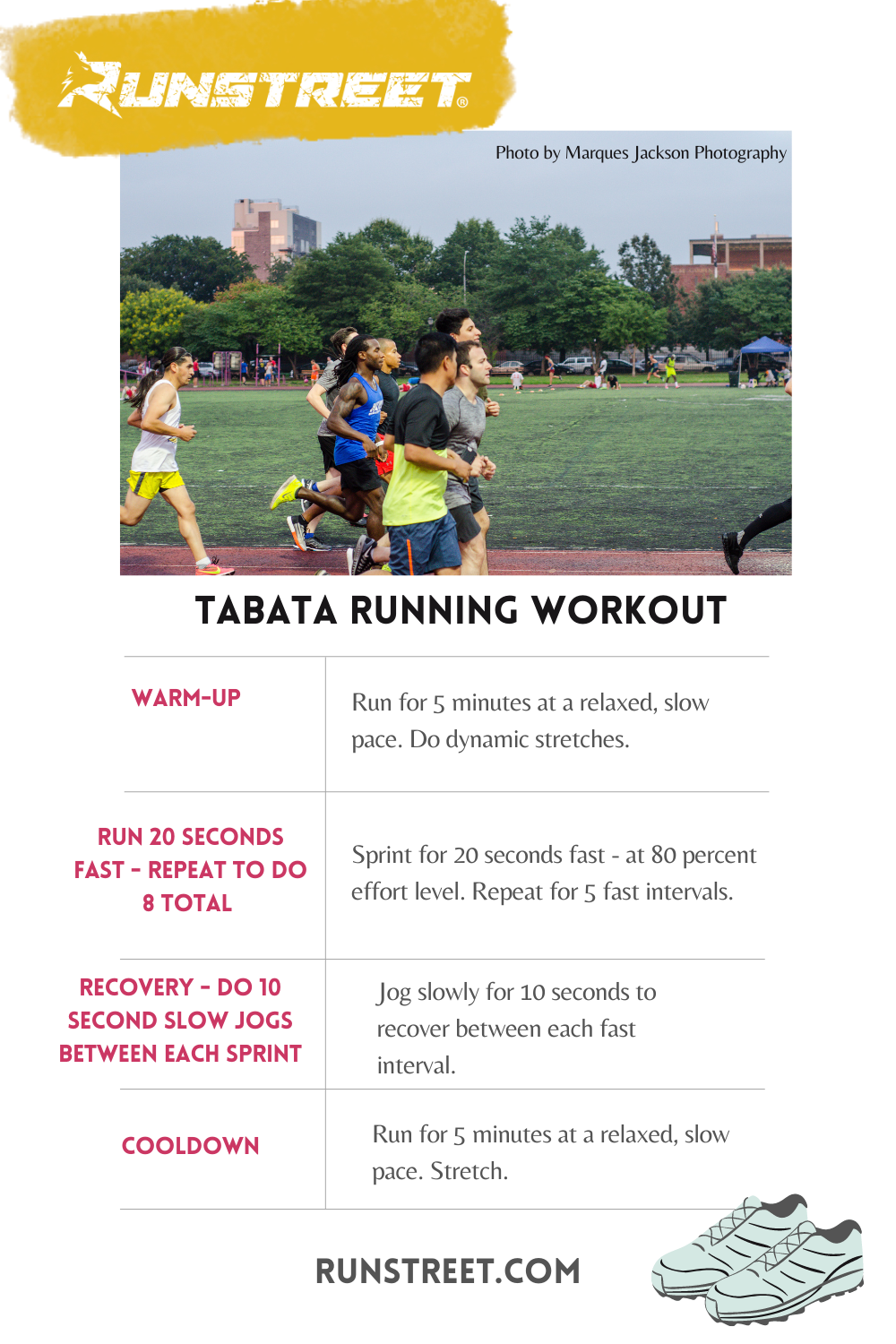Managing Common Running Pains: Causes, Solutions, and Prevention
As joggers, we frequently experience different pains that can impede our performance and pleasure of this physical activity. By checking out the root reasons for these running pains, we can uncover targeted solutions and preventive measures to ensure a smoother and more fulfilling running experience.
Common Running Discomfort: Shin Splints
Shin splints, an usual running discomfort, commonly arise from overuse or incorrect footwear during exercise. This problem, clinically called medial tibial stress disorder, shows up as discomfort along the inner edge of the shinbone (shin) and is widespread among athletes and joggers. The recurring anxiety on the shinbone and the tissues attaching the muscular tissues to the bone causes inflammation and pain. Joggers who rapidly raise the strength or duration of their exercises, or those that have flat feet or inappropriate running strategies, are especially susceptible to shin splints.
To avoid shin splints, people ought to progressively enhance the intensity of their exercises, wear ideal footwear with proper arch assistance, and preserve flexibility and toughness in the muscle mass surrounding the shin. If shin splints do occur, preliminary therapy includes remainder, ice, compression, and elevation (RICE) Furthermore, incorporating low-impact tasks like swimming or biking can help preserve cardiovascular health and fitness while allowing the shins to heal. Consistent or serious situations might call for clinical evaluation and physical therapy for effective administration.
Usual Running Discomfort: IT Band Disorder
Along with shin splints, one more common running pain that athletes often encounter is IT Band Syndrome, a problem brought on by swelling of the iliotibial band that runs along the outer upper leg and knee. IT Band Disorder usually materializes as pain outside of the knee, specifically throughout activities like running or cycling. The iliotibial band is a thick band of fascia that attaches the hip to the shin, and when it becomes inflamed or limited, it can scrub against the upper leg bone, causing discomfort and discomfort.
Joggers experiencing IT Band Syndrome might observe a stinging or hurting feeling on the outer knee, which can get worse with ongoing activity. Variables such as overuse, muscle mass imbalances, inappropriate running type, or inadequate workout can contribute to the growth of this problem. To avoid and alleviate IT Band Disorder, runners need to focus on extending and enhancing workouts for the hips and thighs, correct footwear, steady training progression, and addressing any kind of biomechanical issues that might be exacerbating the trouble. Disregarding the signs and symptoms of IT Band Syndrome can bring about chronic concerns and prolonged healing times, emphasizing the value of very early intervention and correct management methods.
Usual Running Discomfort: Plantar Fasciitis

Plantar Fasciitis can be associated to numerous variables such as overtraining, inappropriate shoes, working on tough surface areas, or having high arcs or level feet. To protect against and alleviate Plantar Fasciitis, joggers can include extending workouts for the calf bones and plantar fascia, wear supportive shoes, keep a healthy and balanced weight to lower pressure on the feet, and progressively boost running strength to prevent unexpected tension on the plantar fascia. If symptoms persist, it is recommended to consult a healthcare specialist for correct medical diagnosis and treatment options to address the problem successfully.
Typical Running Pain: Runner's Knee
After resolving the obstacles of Plantar Fasciitis, one more common issue that joggers commonly deal with is Runner's Knee, an usual running pain that can hinder sports performance and cause pain during exercise. Jogger's Knee, likewise called patellofemoral discomfort syndrome, shows up as discomfort around or behind the kneecap. This condition is usually credited to overuse, muscle inequalities, incorrect running techniques, or troubles with the positioning of the kneecap. Joggers experiencing this pain might feel a plain, aching discomfort while running, increasing or down stairs, or after extended periods of resting. To avoid Jogger's Knee, it is essential to include proper workout and cool-down routines, preserve solid and balanced leg muscular tissues, wear ideal footwear, and progressively increase running strength. If signs and symptoms continue, consulting from a medical care professional or a sports medication specialist is suggested to detect the underlying cause and establish a customized treatment plan to relieve the pain and stop more complications.
Usual Running Discomfort: Achilles Tendonitis
Commonly afflicting runners, Achilles Tendonitis is an agonizing problem that influences the Achilles ligament, creating pain and possible limitations in physical activity. The Achilles tendon is a thick band of tissue that connects the calf muscles to the heel bone, essential for activities like running, jumping, and walking - excellent idea. Achilles Tendonitis usually develops due to overuse, incorrect footwear, insufficient extending, or unexpected rises in exercise
Symptoms of Achilles Tendonitis include pain and rigidity along the ligament, particularly in the morning or after durations of inactivity, swelling that worsens with task, and potentially bone spurs in persistent situations. To avoid Achilles Tendonitis, it is essential to extend appropriately before and after running, put on proper footwear with correct support, progressively boost the intensity of workout, and cross-train to reduce recurring tension on the ligament.
Final Thought
